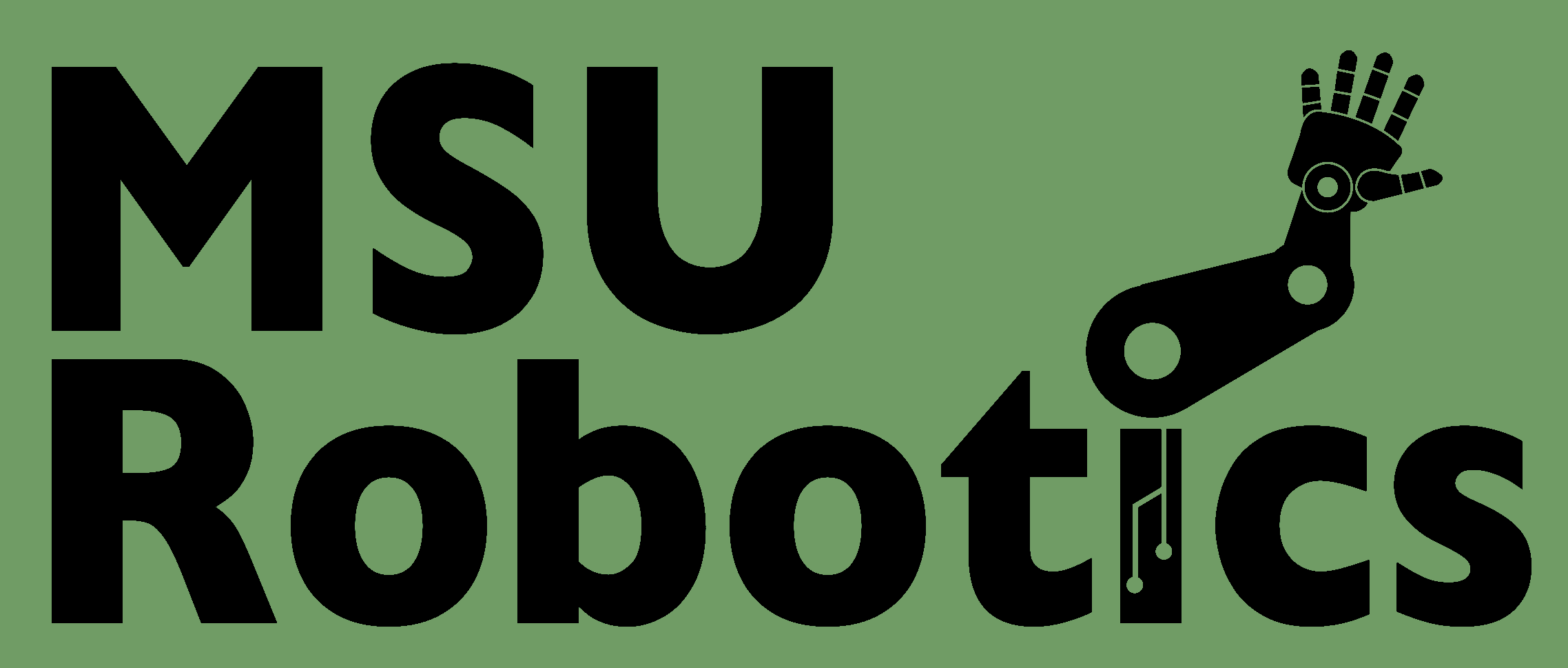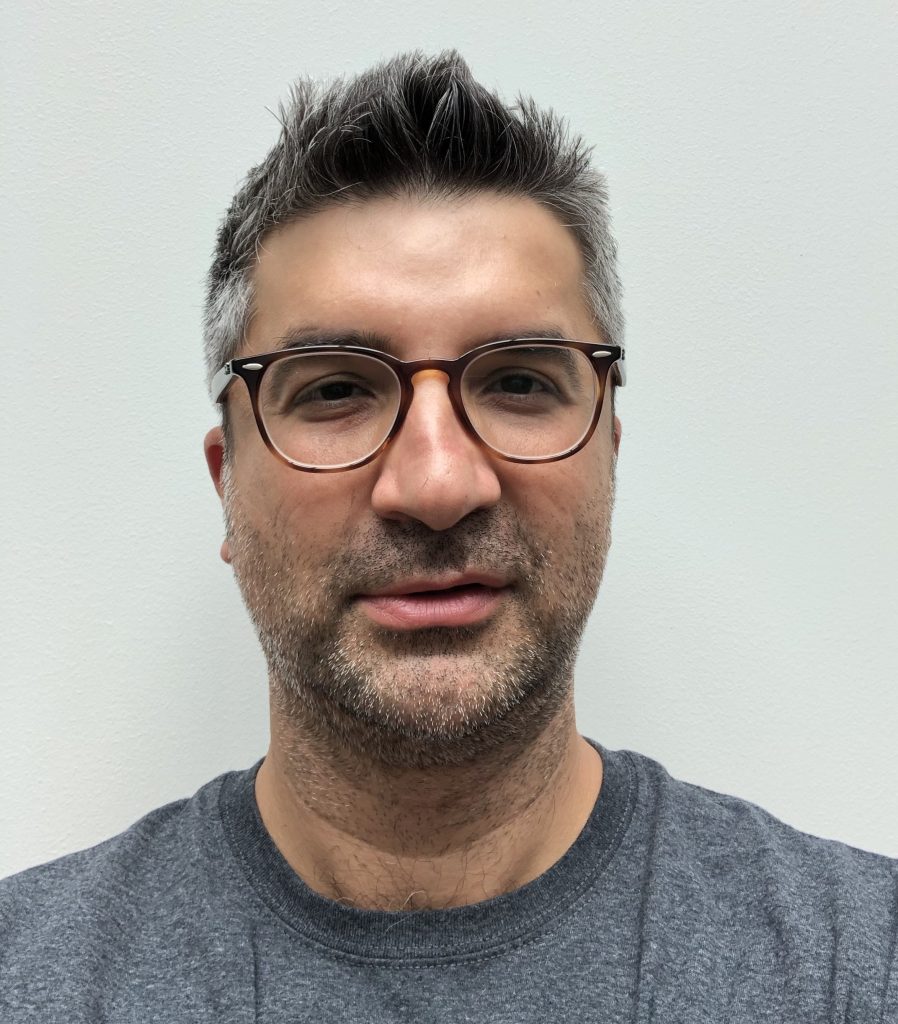Volkan Isler
Computer Science and Engineering
University of Minnesota
Wednesday, October 5, 2022 | 11:00 AM | Virtual
Abstract: For decades, the robotics community has been working on developing intelligent autonomous machines that can perform complex tasks in unstructured environments. We are now closer than ever to delivering on this promise. Robotic systems are being developed, tested and deployed for a wide range of applications. In this talk, I will present our work on building robots for agriculture and home automation which are two application domains with distinct sets of associated challenges.
In agriculture, robots must be capable of operating on very large farms under rough conditions while maintaining precision to efficiently perform tasks such as yield mapping, fruit picking and weeding. In these applications, the state-of-the-art perception algorithms are capable of generating intermediate geometric representations of the environment. However, the resulting planning problems are often hard. I will present some of our work on tracking and mapping and give examples of field deployments. In home automation, the robots must be able to handle a large variety of objects and clutter. In such settings, generating precise geometric models as intermediate representations is not always possible. To address this challenge, I will present our recent and ongoing work on developing state representations for coupled perception and action planning for representative home automation applications such as decluttering.
Bio: Ibrahim Volkan Isler is Professor of Computer Science & Engineering at the University of Minnesota. During a recent leave, he also served as the perception lead and later, the head of Samsung’s newly established AI Center in NY. His primary research interests are in the theoretical foundations of robotics and their applications to environmental monitoring, agriculture and consumer robotics. He has made numerous contributions to the theory of pursuit-evasion games and active sensing. His group has also built and deployed field systems for tracking invasive species with a network of autonomous boats, monitoring wildlife and their habitats with aerial vehicles and yield mapping with aerial and ground vehicles for specialty fruit farms and row crops.
He is the recipient of the National Science Foundation’s Young Investigator Award. At the UMN, he was awarded McKnight Land-grant Professorship, Institute on the Environment Fellowship and Informatics Institute Fellowship. He is an Editor of IEEE Robotics and Automation Society’s Conference Editorial Board. He was the Chair of the Technical Committee on Networked Robotics, Associate Editor for IEEE Transactions on Robotics and IEEE Transactions on Automation Science and Engineering. He has also served the robotics community as a program committee member and organizer for numerous conferences including ICRA 2012 (Local Arrangements Chair), WAFR 2010 (co-Chair), WAFR 2014 (co-Chair).

